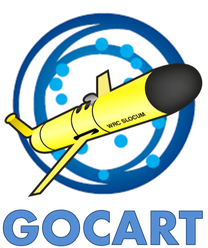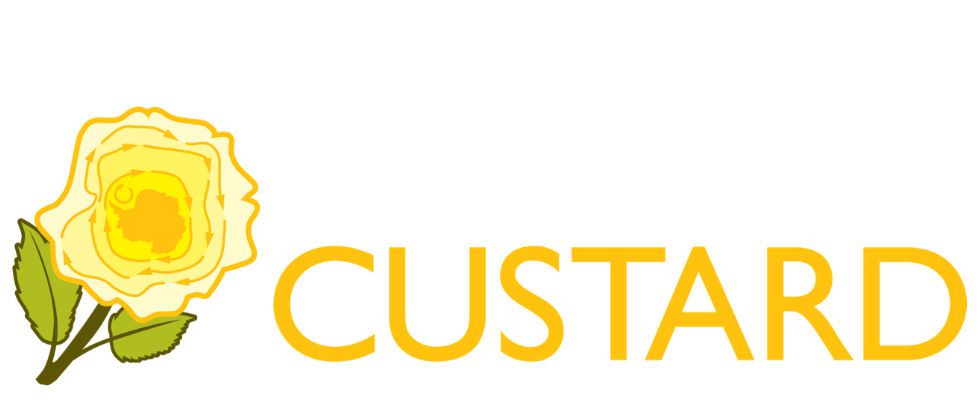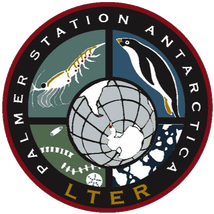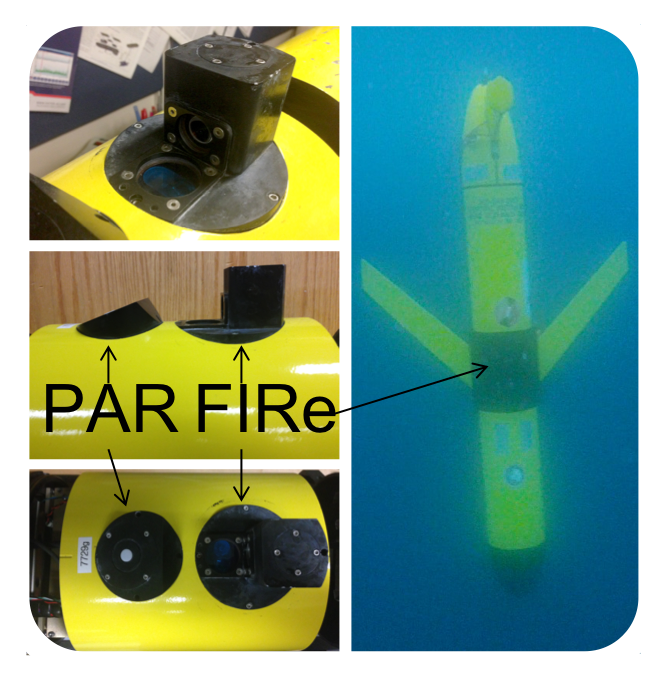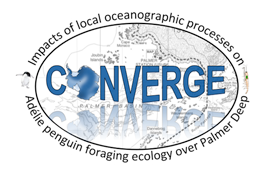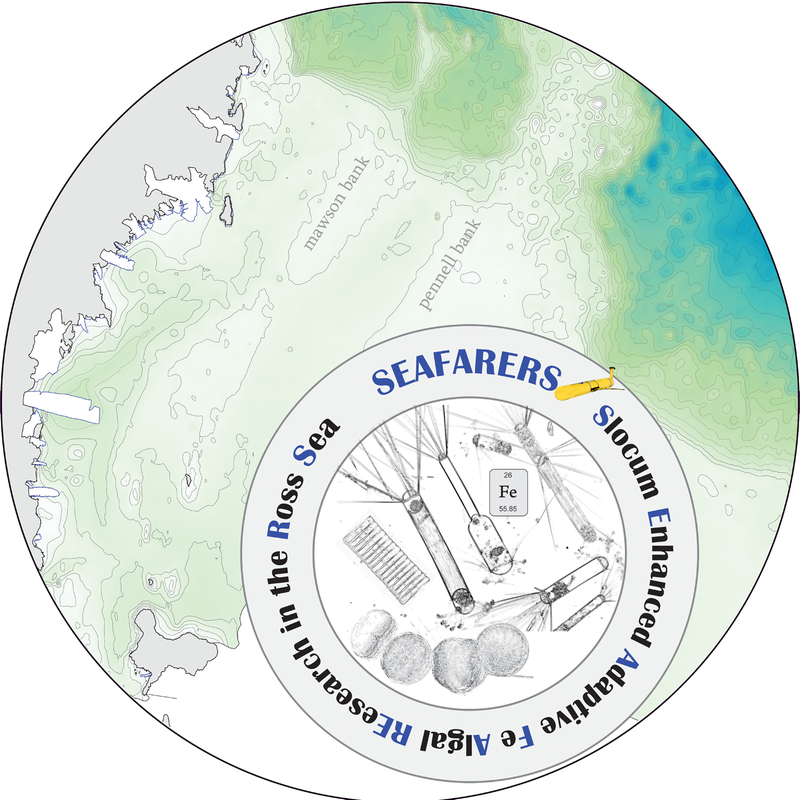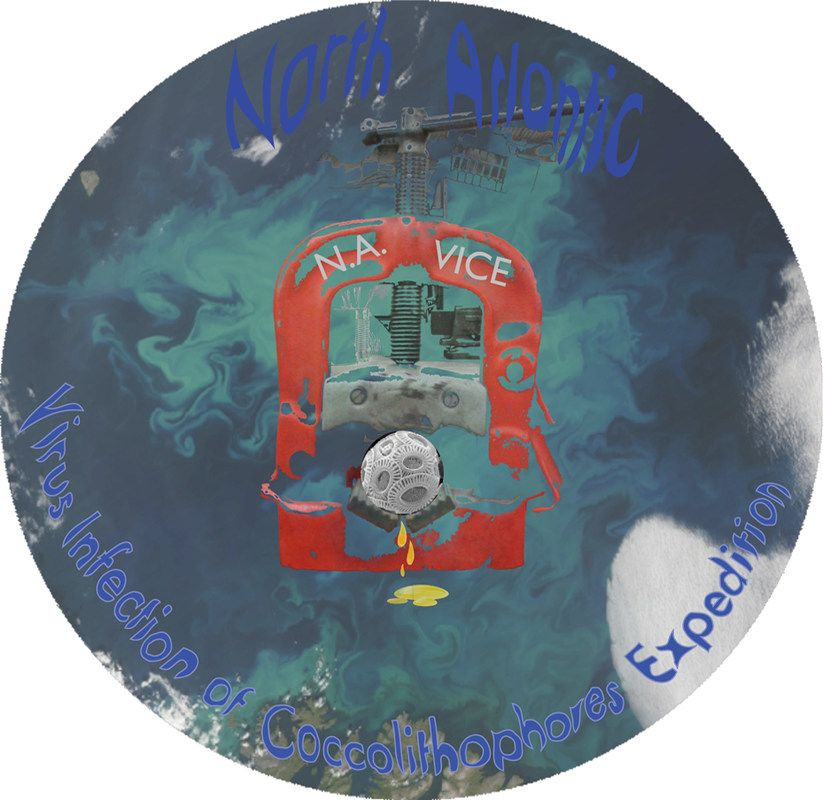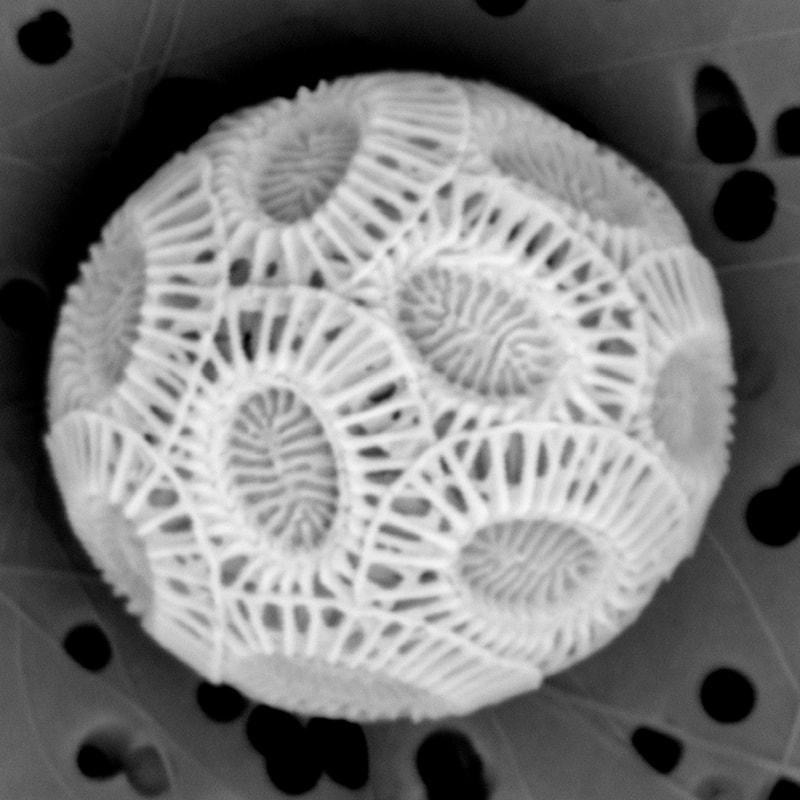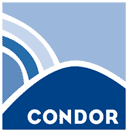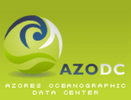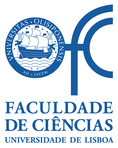Projects and Research Experience
Current projects at the National Oceanography Centre (UK)
Projects at the Center for Ocean Observing Leadership (RUCOOL) at Rutgers University (USA)
Projects at the Department of Oceanography and Fisheries at the University of the Azores (Portugal)
Project at Guia Maritime Lab at the University of Lisbon (Portugal)
- EXPORTS: EXport Processes in the Ocean from Remote Sensing
- GOCART: Gauging Ocean organic Carbon fluxes using Autonomous Robotic Technologies
- COMICS: Controls over Ocean Mesopelagic Interior Carbon Storage
- CUSTARD: Carbon Uptake and Seasonal Traits in Antarctic Remineralisation Depth
- BIARRITZ: Bridging International Activity and Related Research Into the Twilight Zone
- TechOceanS: Technologies for Ocean Sensing
Projects at the Center for Ocean Observing Leadership (RUCOOL) at Rutgers University (USA)
- PAL-LTER: Palmer Long-Term Ecological Research
- FIRe-GLIDER: Mapping phytoplankton physiology with gliders
- CONVERGE: Impacts of local oceanographic processes on Adélie penguin foraging ecology
- NA-VICE: North Atlantic Virus Infection of Coccolithophores Expedition
- SEAFAReRS: Slocum Enhanced Adaptive Fe Algal REsearch in the Ross Sea
- MESOHux: Mesocosms Incubations with E. hux
- FLAD-Tenore Fellowship: Internship in Oceanography and Autonomous Vehicles
Projects at the Department of Oceanography and Fisheries at the University of the Azores (Portugal)
- CONDOR: Observatory for long-term study and monitoring of Azorean seamount ecosystems
- CIMBA: Implementation and Development of a Regional, National and International network for Oceanographic Monitoring of the Azores Archipelago
Project at Guia Maritime Lab at the University of Lisbon (Portugal)
- MSc thesis: comparison for measuring fish and crustacean egg size under different salinities and preservatives conditions
GOCART: Gauging Ocean organic Carbon fluxes using Autonomous Robotic Technologies
|
GOCART will use AUVs to investigate seasonal and high frequency variability in organic carbon fluxes and remineralisation. Glider deployments will be used to establish the characteristics and significance of temporal variability in organic carbon flux and remineralisation depth. This will give new insights into the factors driving variability in remineralisation depth, ultimately leading to development of a new model parameterisation incorporating temporal variability. GOCART is an ERC funded project. The field component of this project involves several deployments:
Find more about this project here. Collaborators: Stephanie Henson, Nathan Briggs, Elisa Lovecchio, Sandy Thomalla |
COMICS: Controls over Ocean Mesopelagic Interior Carbon Storage
|
COMICS aims to quantify the flow of carbon in the ocean’s ‘twilight’ zone in order to more accurately model global climate change. We have had two expeditions to two fascinating sites: The Benguela Upwelling off the coast of Namibia and the Southern Ocean around South Georgia. By studying these two contrasting environments, we can better understand what drives ocean carbon storage. COMICS is funded by a NERC large grant.
Field work for this project was shared with GOCART, see GOCART project description above:
Find more about this project here. |
CUSTARD: Carbon Uptake and Seasonal Traits in Antarctic Remineralisation Depth
|
CUSTARD will examine how seasonal changes in food availability for phytoplankton at a key junction of the global ocean circulation influences how long carbon is trapped in the ocean rather than escape to the atmosphere as carbon dioxide. My role involves managing/analysing the year-long glider deployments in the South Pacific/Southern Ocean (OOI Global Array Southern Ocean site). CUSTARD is part of the NERC ROSES program.
The field component of this project involves three cruises:
Find more about this project here. |
BIARRITZ: Bridging International Activity and Related Research Into the Twilight Zone (Res Co-I)
|
Capitalising on a once in-a-generation opportunity to bring together current multi-million pound national programs, BIARRITZ will provide a venue for observationalists and modellers interested in the ocean Biological Carbon Pump to make a step change in our understand of biogeochemistry of the ocean’s Twilight Zone.
My main contribution to this project involves the use of a LISST (Laser In-Situ Scattering and Transmissometery) on a glider to understand the biological carbon pump. Traditionally, the LISST sensor has been used to study sediment dynamics in coastal regions. In this test deployment, we deployed the LISST glider, for the first time, in open ocean to evaluate particle size, concentration, beam attenuation and volume scattering function of Particulate Organic Carbon (POC). The field component of this project involves one glider deployment:
Find more about this project here. |
PAL-LTER: Palmer Long Term Ecological Research
|
PAL-LTER is an interdisciplinary polar marine research program established in 1990 as part of a national network of long-term ecological research sites created by the United States National Science Foundation (NSF). This project is located around Palmer Station (Anvers Island), one of three U.S. research station located in Antarctica. Palmer LTER focuses on the region along the western side of the Antarctic Peninsula (WAP), a region that is considered to be globally significant and exhibits the most rapid rate of regional winter warming. The research examines the oceanic, atmospheric and biogeochemical processes that result from natural disturbances, environmental change and human impacts along the western Antarctic Peninsula. We engage in long term observations and field experiments and modeling across large spatial scales ranging from months to decades to centuries.
My particular involvement on this project consisted in characterising the phytoplankton dynamics at Palmer Deep Canyon, one of the biological hotspot in the WAP. During my time at Rutgers I participated in 3 field seasons down in Antarctica:
Find more about this project here.
|
FIRe-glider: Mapping phytoplankton physiology with underwater gliders
|
This project involved the integration of a Fluorescence induction and Relaxation (FIRe) sensor on a Slocum glider. This was the first time a sensor measuring phytoplankton health was installed on a glider. I led the development of this project by thoroughly characterising this instrument in the lab and the field, against the benchtop standard, the mini-FIRe, and designing and evaluating different deployment strategies to maximise meaningful data collection.
|
CONVERGE: Impacts of local oceanographic processes on Adelie penguin foraging ecology
|
This was a multi-platform field study to investigate the impact of local physical processes on Adélie penguin foraging ecology in the vicinity of Palmer Deep off Anvers Island. That means we are combining remotely sensed surface current maps, an in-water (sub-surface) mooring, autonomous underwater vehicles (AUV), small boat acoustic surveys, and satellite telemetry of the Adélie penguin to understand how local flows structure the ecosystem, determine the distribution of the phytoplankton and zooplankton which ij turn influence Adélie penguin foraging ecology.
Find more about this project here.
|
SEAFAReRS: Slocum Enhanced Adaptive Fe Algal REsearch in the Ross Sea
|
Ross Sea, Antarctica. Jan-Feb 2011
PI's: Dr. Josh Kohut & Dr. Adam Kustka (Rutgers) Find more about this project here.
|
NA-VICE: North Atlantic Virus Infection of Coccolithophores Expedition (NA-VICE)
|
"Lipid lubrication of oceanic carbon and sulfur biogeochemistry by a host-virus chemical arms race"
North Atlantic (Azores - Iceland). Jun-July 2012 PI's: Dr. Kay Bidle (Rutgers), Dr. Ben Van Mooy & Marco Coolen (WHOI), Dr. Jack DiTullio (College of Charleson) and Dr. Assaf Vardi (Weizmann Institute of Science).
|
MESOHux 2017: Mesocosms Incubations with E. hux
CONDOR: Observatory for long-term study and monitoring of Azorean seamount ecosystems
|
The purpose of the Project is to enhance the knowledge on the Condor seamount ecosystem functioning in view to strengthen the quality of the scientific approach in its management, with the overall objective to contribute to the sustainable management of sea resources in Portugal. My contribution to the project involved analyses of Sea Surface Temperature (SST) and Ocean Color satellite images, comparison between in situ data (ship track) data and satellite images and evaluate possible relationship to the North Atlantic Oscillation (NAO).
|
CIMBA: Implementation and Development of a Regional, National and International network for Oceanographic Monitoring of the Azores Archipelago
|
CIMA was an important contribution to the Azores region and constituted a great effort to the development of and integrated oceanographic data system for the region. My contribution to this project involved the analysis of AVISO altimetry data for web publication in the Azores Oceanographic Data Center (AZODC). |
FLAD-Tenore Fellowship: Internship in Oceanography and Autonomous Vehicles at Rutgers University
|
During my time at Rutgers for my internship, I split my time learning the different technologies they operate, focusing on underwater gliders. I participated in the Challenger Mission, the first Atlantic Crossing with a Glider (ru27).
Find more about this project here.
I also spent some time learning how to integrate data from different platforms and applied it to a case study off the NJ shelf looking at the impact of a storm induced downwelling along the New Jersey inner shelf (see Poster section).
|
MSc Project: Guia Maritime Lab, Faculty of Sciences, University of Lisbon, Portugal
|
Method comparison for measuring fish and crustacean egg size under different salinities and preservatives conditions
|
